At this time of year, farmers buy young dairy bull calves intending to rear them and put them to grass over the summer, sell them in the autumn and hopefully make some money. Because margins are so tight, it is vital that an emphasis is placed on optimising the health and productivity of these calves.
These bull calves are the by-product of the dairy industry. Therefore, from the beginning, the dairy farmer might not give them as much attention as his valuable heifers. They may get inferior attention around calving time and may not get the 1-2-3 protocol for colostrum – ie use colostrum from the first milk, feed within two hours and give at least three litres.
The mart is obviously stressful and there is potential for picking up infectious agents that could cause scour and pneumonia.
The best policy when these calves arrive from the mart is to put them into a deep straw bed in a house that has preferably been steam-cleaned and disinfected after the previous batch of calves.
It is vital that the straw bed is properly drained so that urine, scour and other fluids do not saturate the bedding. This can be achieved by ensuring that the floor is sloped 1:20 to the channels.
Beware of draughts and overcrowding. Keep calves as warm and dry as possible, particularly until they are three weeks old. Do not put calves in the air space of older animals as they may be susceptible to the respiratory viruses that the older cattle could be shedding. Try to keep calves in batches of similar weight and age. Where possible, use an all-in all-out strategy and avoid mixing batches of calves.
It might seem obvious, but when buying milk replacer, you get what you pay for. The best milk replacers contain the optimal level of milk-derived protein. Mix at the correct temperature and at the correct concentration.
Look out for the sick, weak calf that doesn’t drink. A good-quality calf starter ration will allow rumen development while providing a decent level of energy, protein and other nutrients.
Coccidiosis is another factor that must be considered and prevention is always better than cure. Calves over three weeks old should be dosed with an effective product for coccidiosis.
Alternatively, pooled dung samples can be used to preemptively check for levels of infection. Contamination of calf environments with infective oocysts will inevitably increase over time, so it is imperative that these areas are properly treated between batches of calves. If you have any queries about rearing bought-in calves, please contact your vet.
Sean Coffey works at Mulcair Vet Clinic, Newport, Co Tipperary. Mulcair Vet Clinic is part of XLVets. XLVets is a group of progressive practices working together to achieve a better future for agriculture and veterinary in Ireland. For further information, go to www.xlvets.ie.




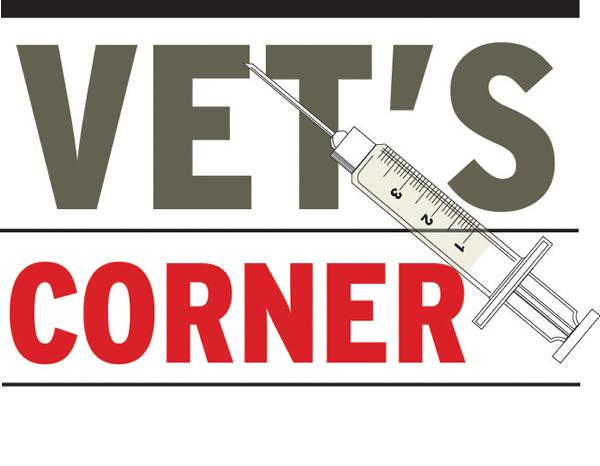
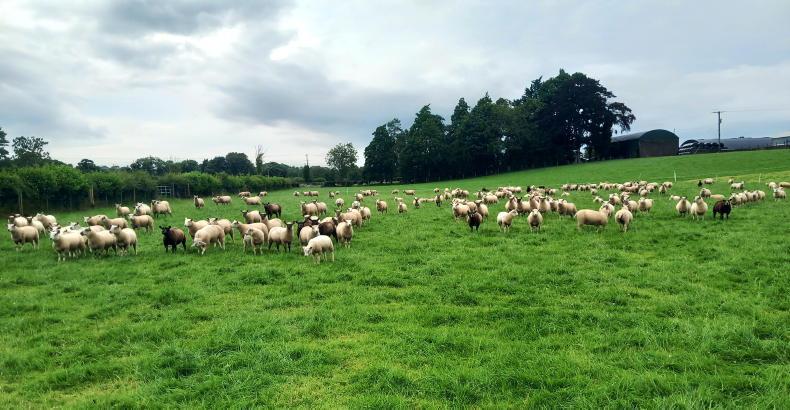
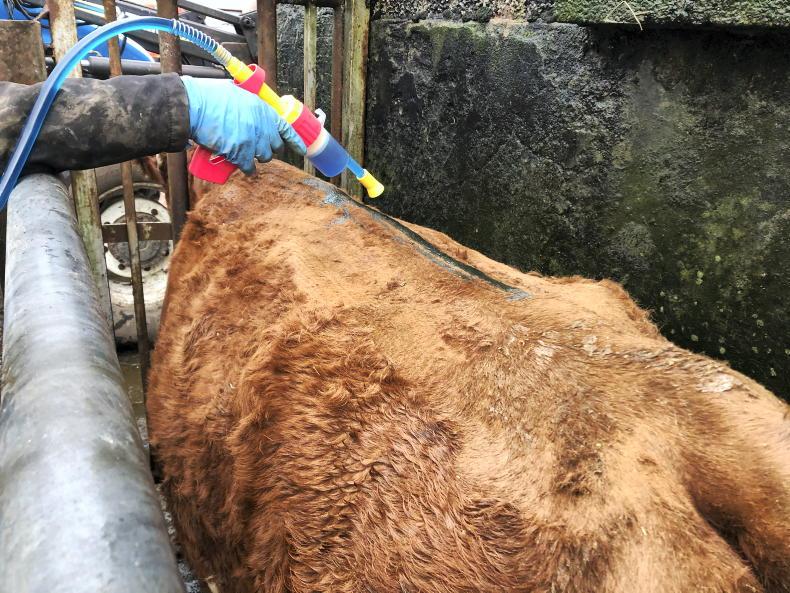
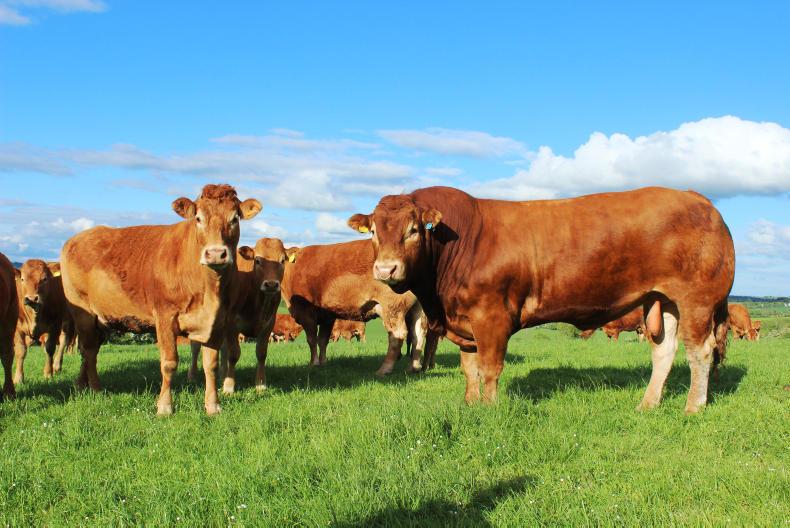
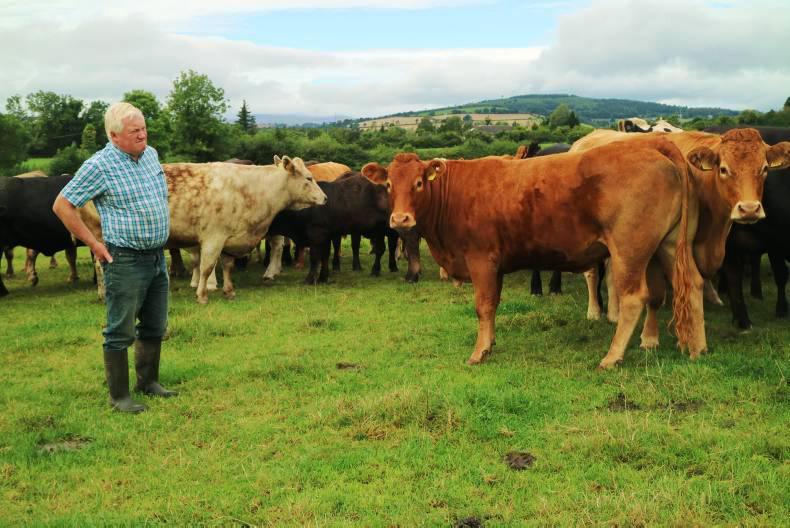
SHARING OPTIONS